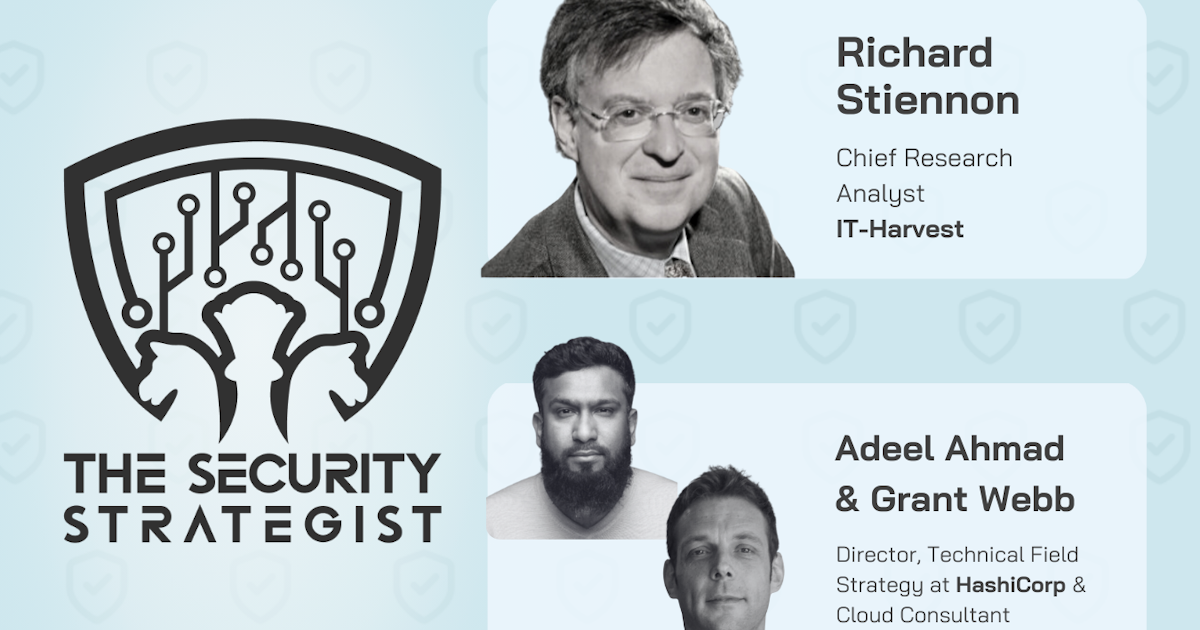In today’s rapidly evolving business landscape, the dual imperatives of innovation and security have become central to achieving and maintaining a competitive edge. With the rise of sophisticated cyber threats, including those powered by artificial intelligence, organizations find themselves grappling with what appears to be a paradox: the tension between the necessity to innovate swiftly and the equally critical need to secure their operations.
This perceived trade-off, however, is not as inevitable as it might seem. A recent discussion on the Enterprise 360 podcast brought together industry experts, including Richard Stiennon, a well-regarded analyst; Adeel Ahmad from HashiCorp; and Grant Webb, a cloud strategist, to explore how businesses can reconcile these two priorities. Their insights suggest that when security is integrated early in the innovation process, it can actually become a facilitator of progress rather than an obstacle. This article will delve into the key strategies these experts recommend to harmonize innovation and security effectively.
One common myth in the business world is that security is a hindrance to innovation. Contrary to this belief, effective security measures can actually serve as a vital enabler for organizations striving to advance rapidly and securely. Richard Stiennon shares a compelling analogy with a quote from Bill Malek, a former analyst at Gartner, to illustrate this point. He compares security to the brakes on a car, explaining that brakes are not just for stopping but for allowing the car to go faster safely. In the same way, security should be viewed as an enabler of speed in a controlled and safe environment.
This analogy underscores the notion that prioritizing security within innovation processes can allow businesses to progress quickly while minimizing the risk of costly security breaches. Moreover, it ensures compliance with regulations without compromising flexibility. Companies that embed security into their development and operational processes early on can achieve agile and assured advancement.
A significant insight shared by the experts is the importance of integrating security into development workflows right from the start. Many organizations make the mistake of treating security as a separate function, only considering it at the end of the development process. This often leads to delays and conflicts between security and development teams. Adeel Ahmad from HashiCorp emphasizes that viewing security in isolation can introduce friction. By embedding security into development workflows, businesses can foster collaboration between innovation and security teams from the outset.
One effective approach is the formation of platform teams that work closely with security teams to incorporate security into software delivery workflows from the initial stages. This proactive strategy reduces the cognitive load on developers and ensures that security is a fundamental component of innovation rather than an afterthought.
The experts also address the misconception that regulatory compliance inherently hampers innovation, particularly in heavily regulated sectors like finance, healthcare, and critical infrastructure. In reality, the primary source of friction is often outdated operational models rather than regulatory requirements themselves. To address this, organizations are encouraged to adopt modern workflows and technologies that enable compliance checks to be integrated into their processes. By aligning innovation and regulatory needs early on, businesses can minimize friction and maximize agility.
Adeel Ahmad points out that processes must evolve to reflect new technologies. Traditionally, enterprise practices undergo auditing or governance reviews at the end of the development cycle or just before release. Instead, these practices should be embedded during the design phase, allowing for iterative improvements throughout the process.
In an ever-changing market, innovation should be a continuous pursuit rather than a one-time effort. Organizations must cultivate a culture of ongoing transformation where security and innovation are integrated and evolve in tandem. This transformation should be seen as an ongoing process rather than a project with a fixed end date. By fostering a culture of continuous transformation, businesses can quickly adapt to new security challenges, regulatory shifts, and technological advancements.
Adeel Ahmad further highlights that transformation should be viewed as a constant rather than a fixed plan. It is more about adopting a flexible approach than following a rigid set of actions. This mindset enables businesses to harmonize security and innovation, driving growth and competitiveness rather than perceiving them as opposing forces.
A critical element in resolving the friction between innovation and security is promoting collaboration among security, development, and business teams. These functions often operate in silos, with security focused on safety and development on innovation. To overcome this divide, organizations should create common objectives that align security and development goals. One strategy involves nurturing what Grant Webb calls “bi-directional empathy,” where security teams understand innovation challenges and development teams recognize the importance of security.
One practical method to encourage collaboration is adopting the concept of “safe change” — a shared goal that encourages teams to innovate while ensuring security is integral to every change. This approach fosters an environment where security and innovation work together toward common aims.
In conclusion, while security and innovation might seem fundamentally at odds, they are not. By integrating security into the innovation process, promoting cross-functional collaboration, and fostering a culture of ongoing transformation, businesses can dismantle the barriers between these vital functions. In doing so, they can protect themselves from emerging threats and gain the speed and agility required to thrive in today’s competitive market. Security, when approached correctly, does not impede innovation; it is a crucial enabler of it.
For a more in-depth exploration of these ideas and to hear directly from Richard Stiennon, Adeel Ahmad, and Grant Webb, you can listen to the full conversation on the Enterprise Management 360 podcast.
For more Information, Refer to this article.

































